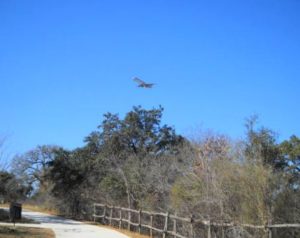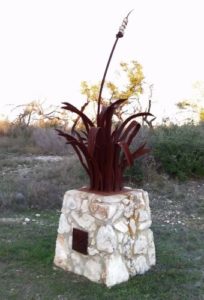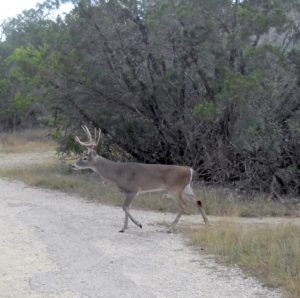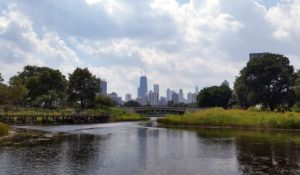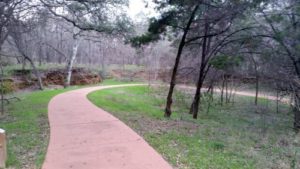Our fifth full day in California, we left the Pasadena/Los Angeles area once again to visit our annual national park. This year, we went to Joshua Tree National Park (which is another topic to spend an entire post on). And my bank did not like this day, like, at all. You see, I forgot to tell them that I was going to California and the algorithm was able to cope okay with expenses in Los Angeles, Burbank, Pasadena, San Pedro, Malibu, and so on. For some reason, however, it couldn’t cope with my buying gas in Morongo Valley or a t-shirt or pretzel rods in Twenty-Nine Palms. Fortunately my debit card went through for all of those purchases, but when I got home, I had an email from my bank asking about it. And, yes, it was from my bank. I called the phone number on the back of my debit card.
We actually got out reasonably early, at 8:00 in the morning, though I had hoped to leave at 6:00 or 7:00. We stopped at the Walmart in Glendora for the only concession I made to the fact that we were going to spend the day in the desert. I bought — and then actually applied — a fairly high SPF (or whatever they’re calling it these days) sunblock (spoiler: I also did kind of a lousy job and ended up with a streaky, blotchy sunburn).
We then headed off to Joshua Tree. After a bathroom stop at a rest stop and stopping in Morongo Valley for gas, we arrived at Joshua Tree about three hours later. This meant, of course, that we were in the desert for the hottest part of the day, and most of the animals (which weren’t as stupid as we were) were hiding out. We did see one coyote just outside the park, though.
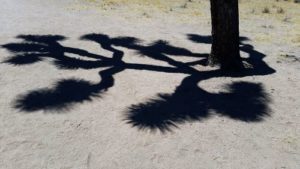
We spent four hours at Joshua Tree and then headed back to Los Angeles. After a stop at Walmart in Redlands for a restroom and a pair of nail clippers (I left mine in Texas), we had dinner at an H. Salt, Esq. Fish and Chips in San Bernardino. My folks and I used to eat at an H. Salt (maybe in Hammond, Indiana?) when I was a kid and I hadn’t been to one since Thomas and my 1996 trip (we ate at the one that apparently used to be in Oxnard). The restaurant was kind of empty, but the couple who seem to run the place make the fish to order, so it was fresh out of the fryer when we got it. The restaurant was so dark that we went outside and ate in the rental car. There was a wildfire (a small one, as it fortunately turned out) nearby, so Alex got to watch the planes put the fire out while we ate.
We headed back to our hotel. I fell in love with the bridge that takes Colorado Boulevard over the Arroyo Seco in Pasadena, so Alex and I went around the long way to try to get some pictures of the bridge at night. My phone really doesn’t like to take nighttime pictures and adding motion to the mix doesn’t help at all, so they came out blurry.

Picture by Alex Ogden
We took a few pictures the next day as well, and you can see the bridge in them, but I’m still not totally happy. On our next trip, we plan to actually drive that road and take some pictures of the bridge from the bridge. Ooh! Apparently they have a biennial festival actually on the bridge itself. So if we go back in 2020 (no way we can make it in 2018 unless my dad wins the Lottery), maybe I can get pictures of the bridge while actually walking on it. That’s a definite possibility for the future.

